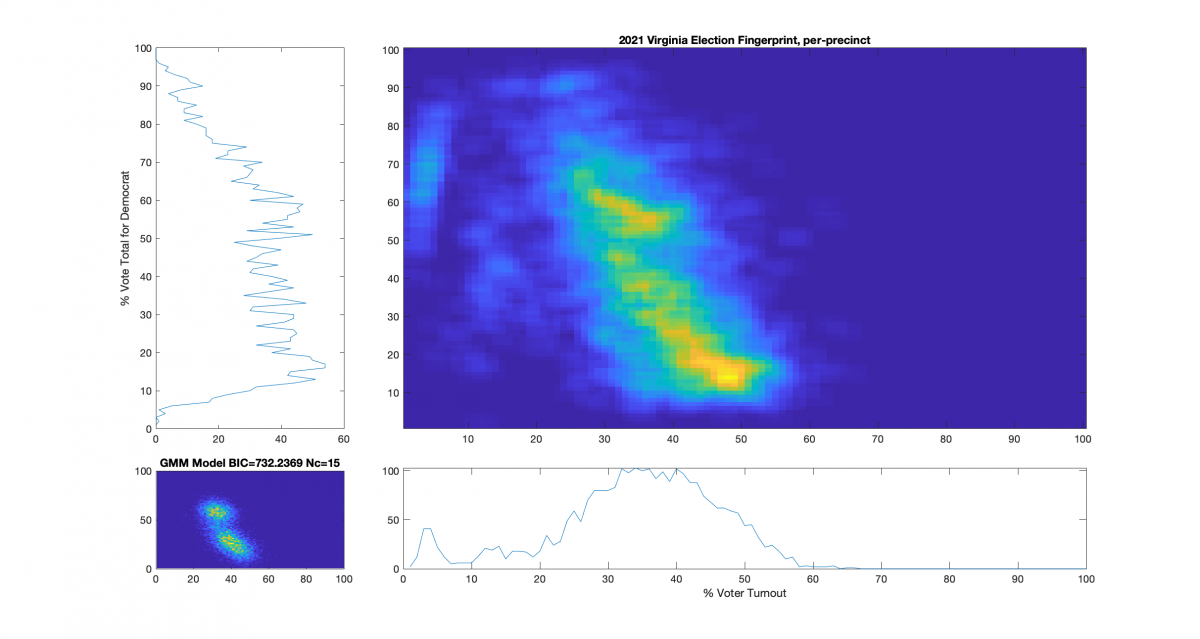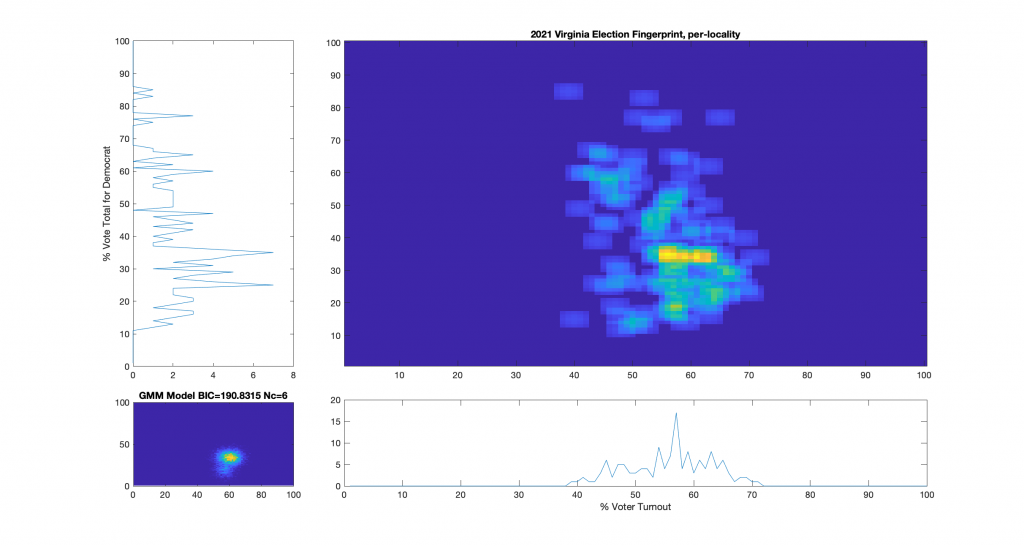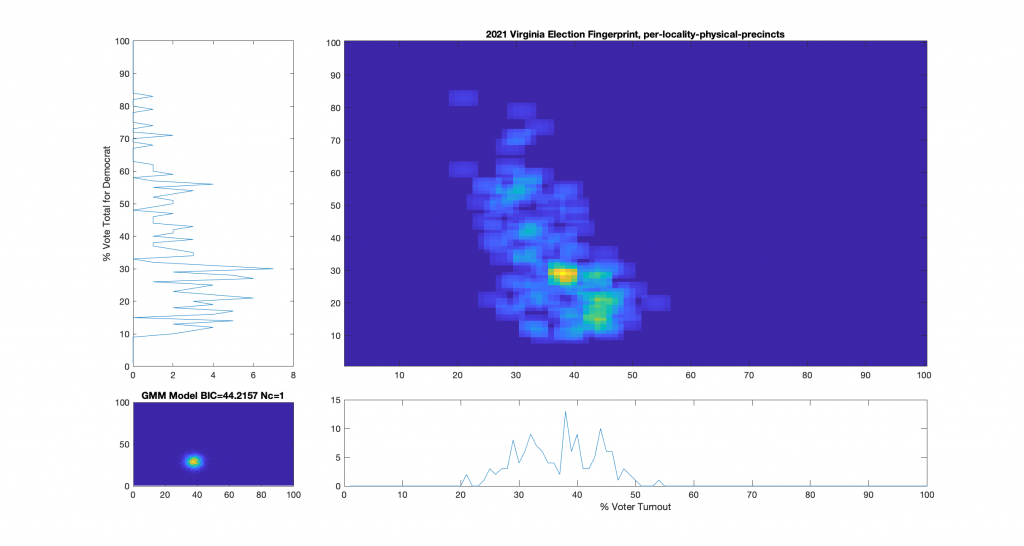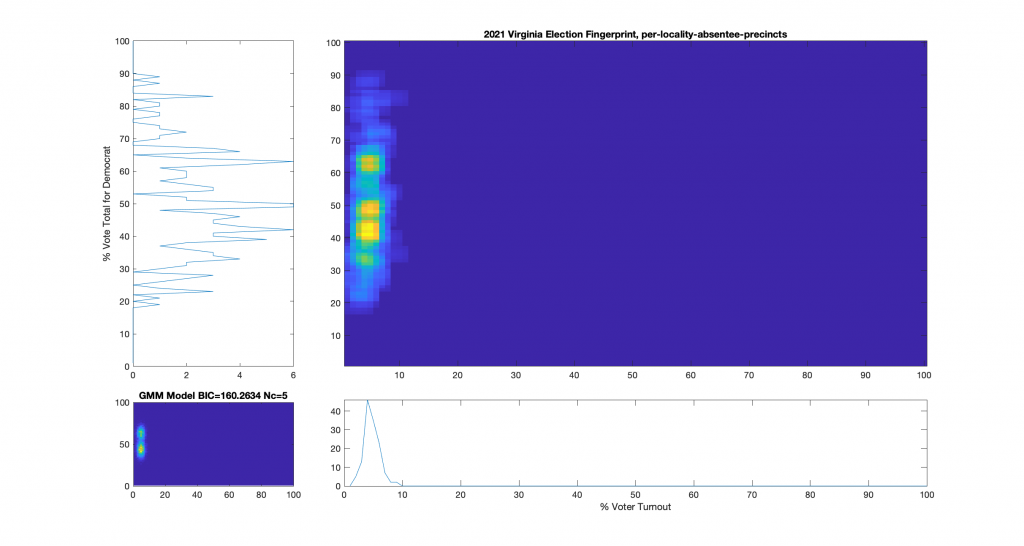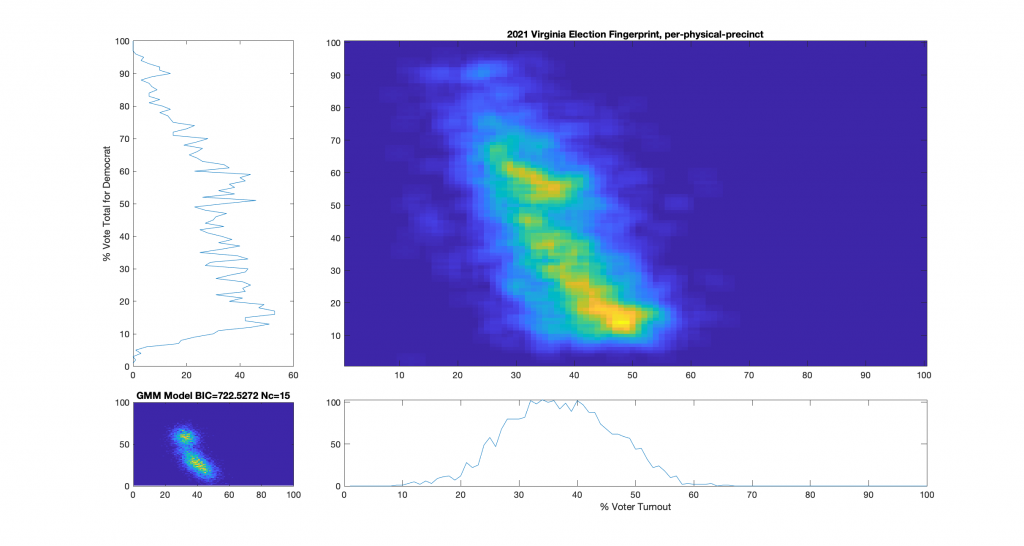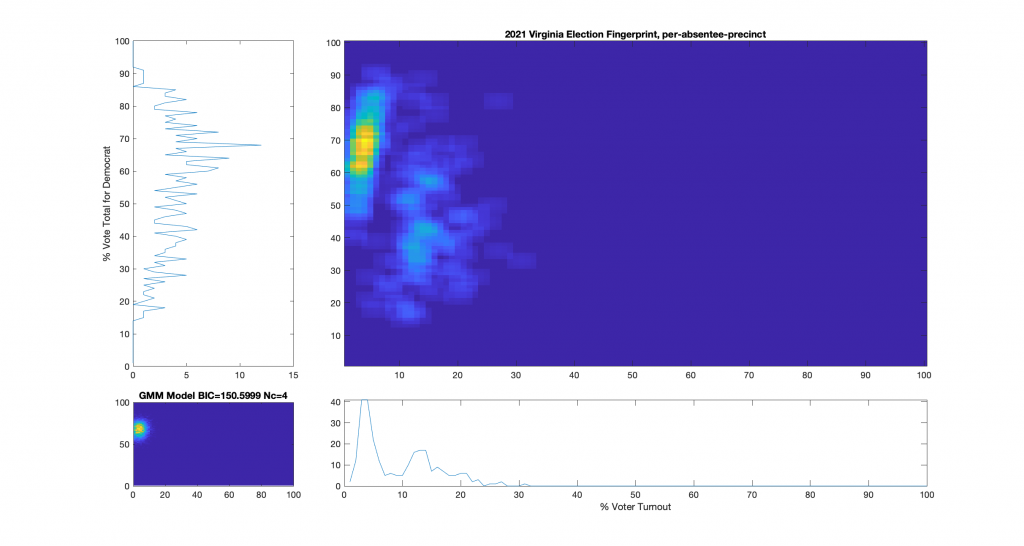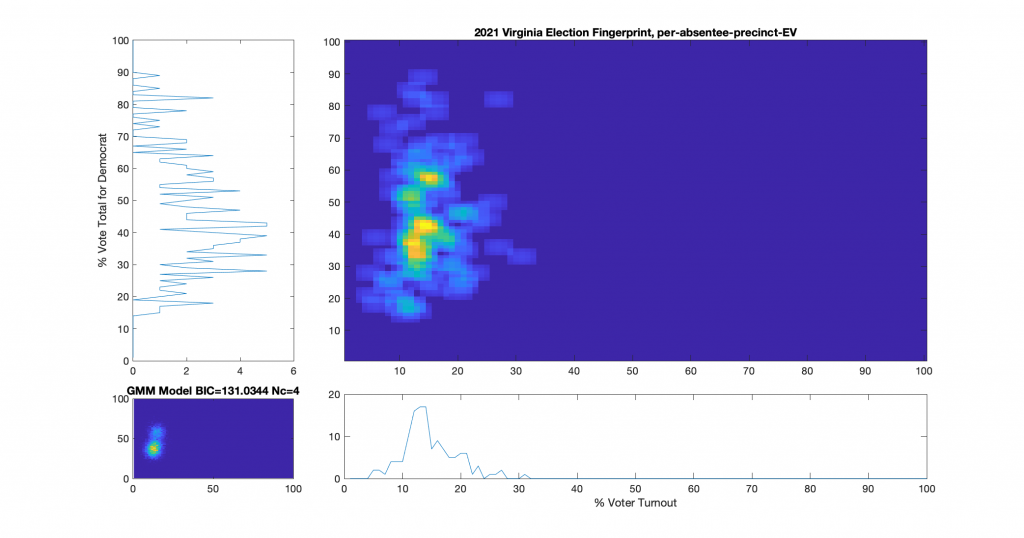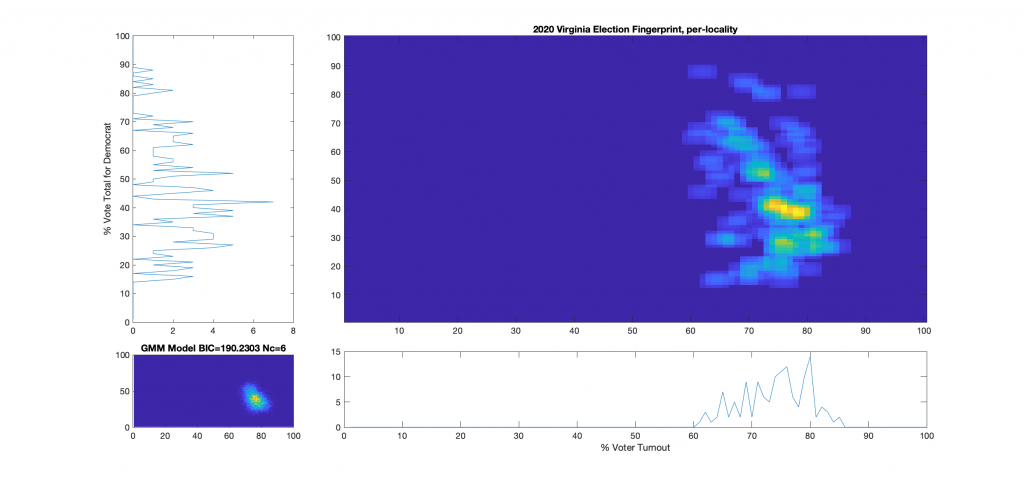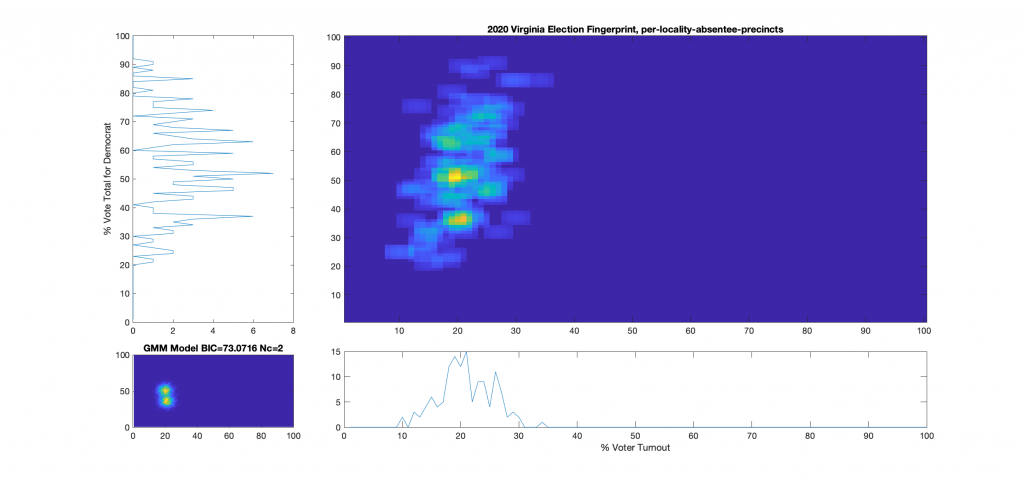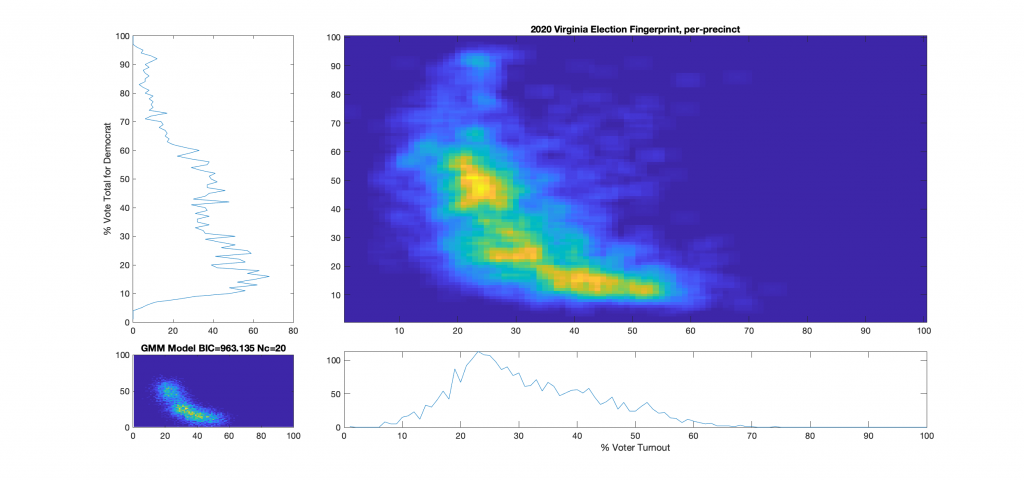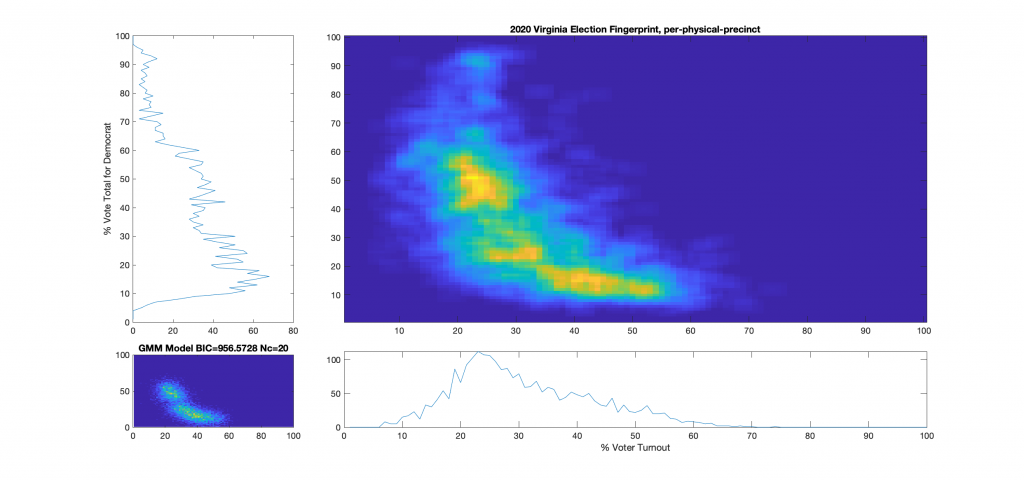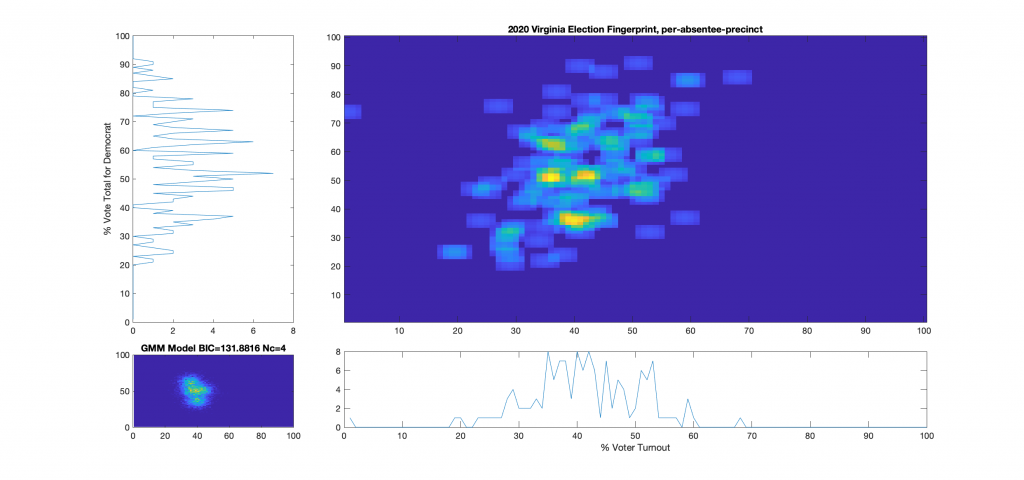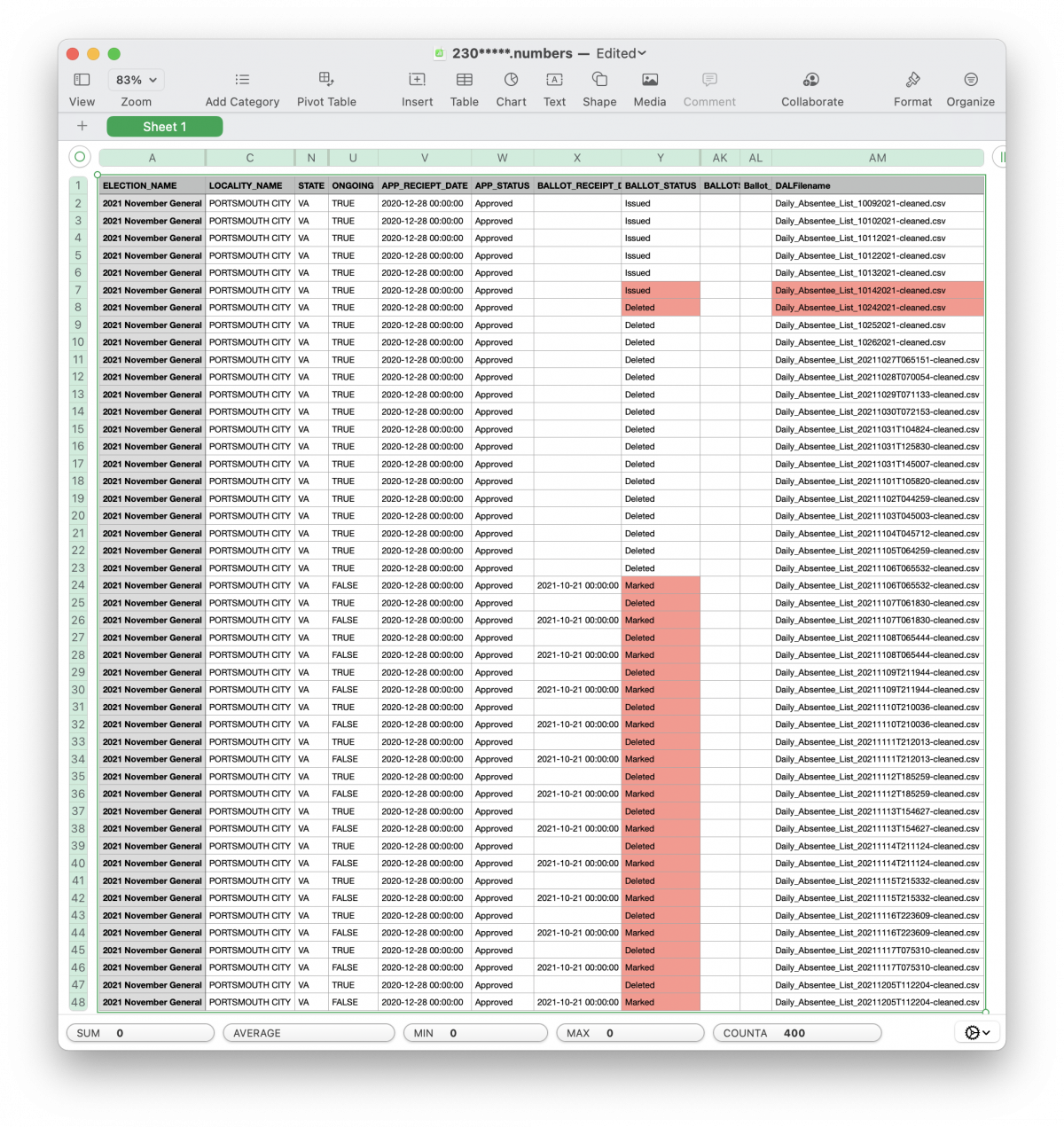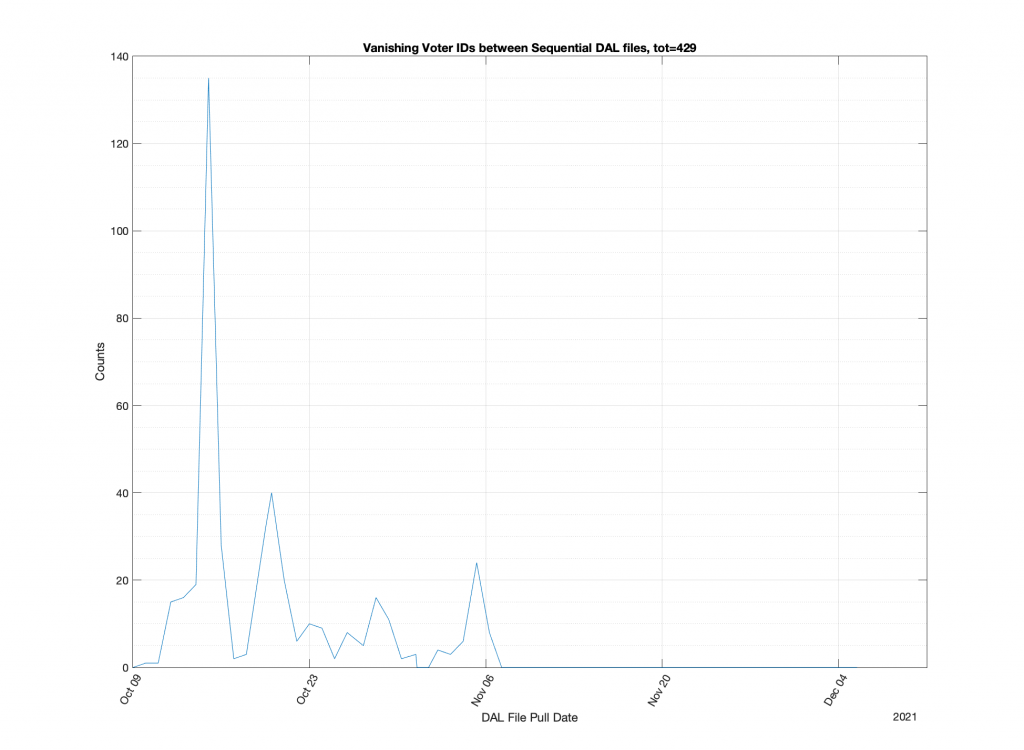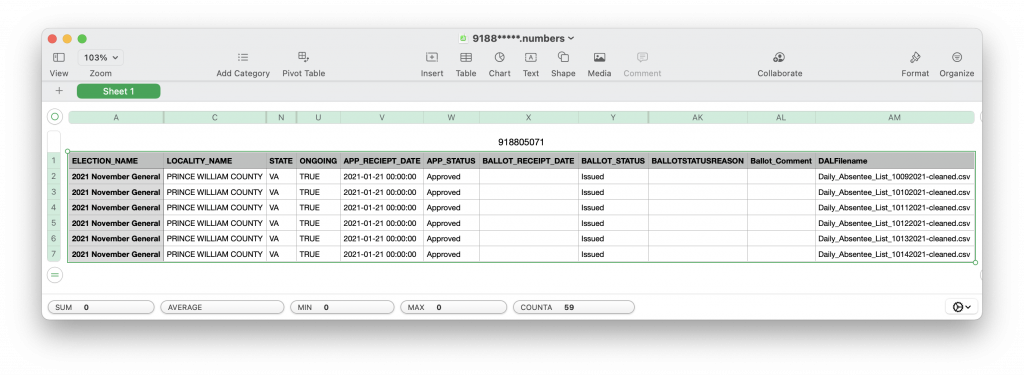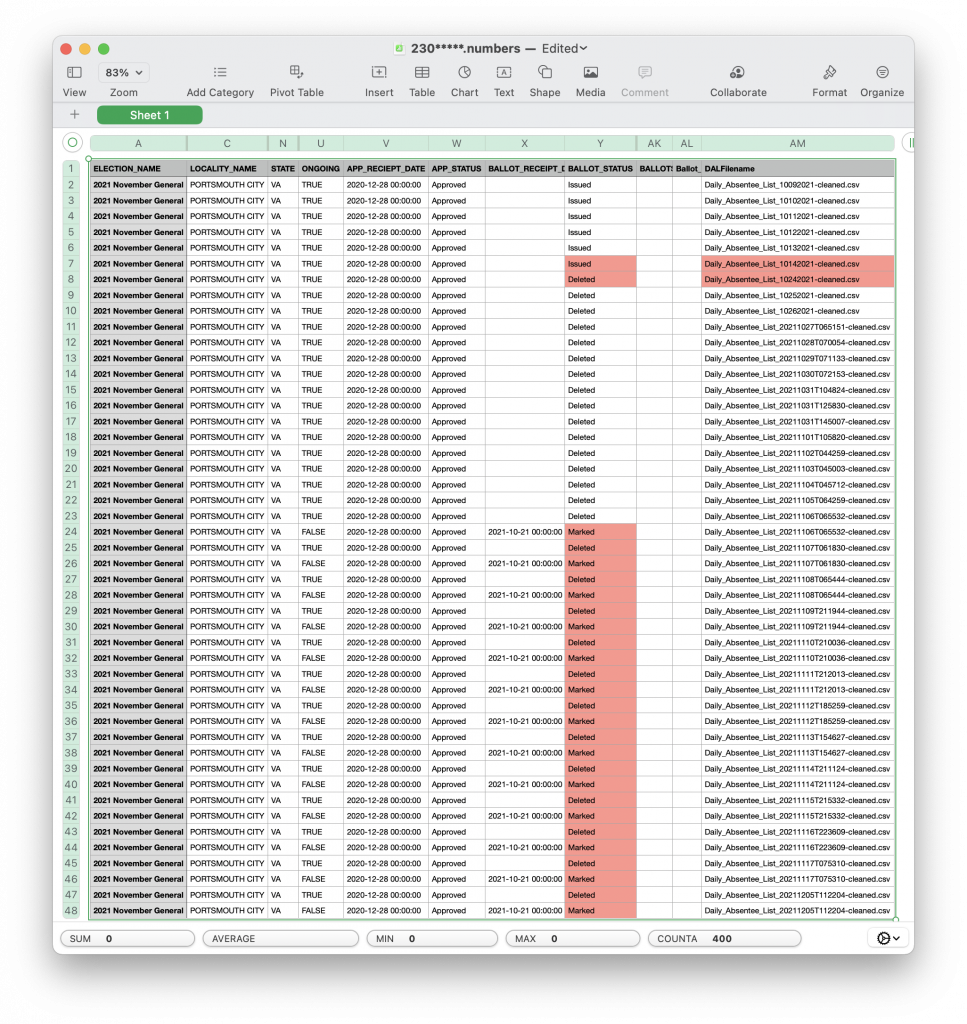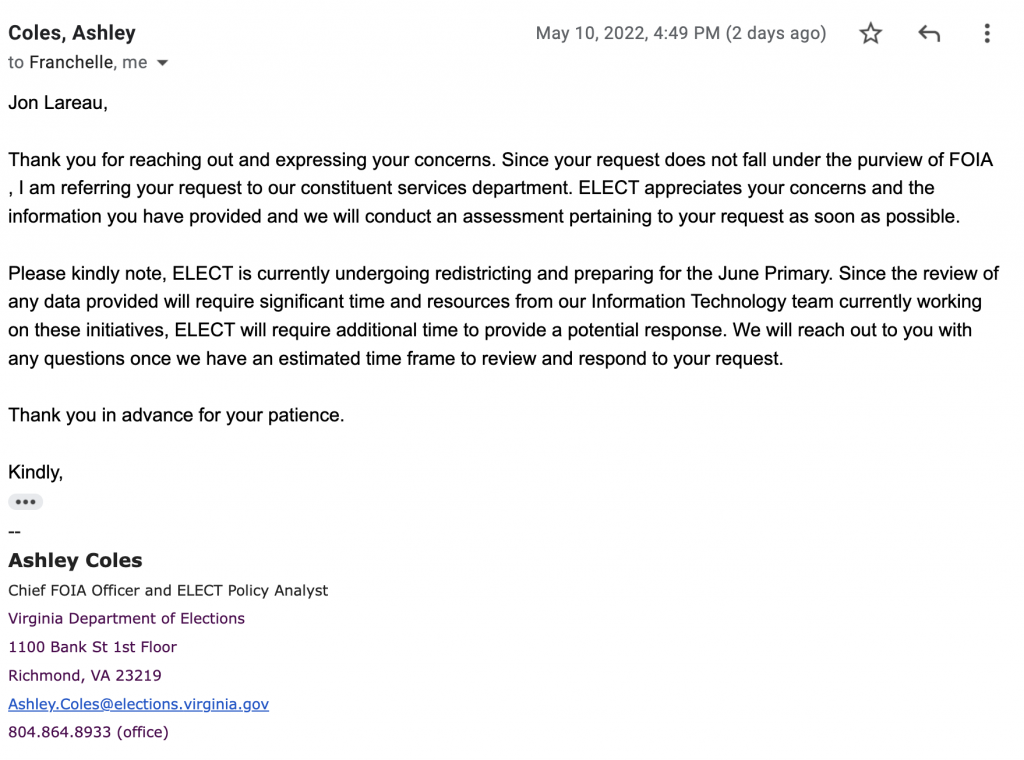Many election integrity investigators are looking through registration records and trying to find suspicious registrations based on the number of records attributed to a specific address as an initial way of identifying records of interest and of need of further scrutiny. This can often produce false positives for things like nursing homes, college dormitories, etc. Additionally, one of the concerns that has been raised is the risk of potential elder abuse, ID theft, manipulation or improper use of ballots for occupants of nursing home, hospice care or assisted living facilities.
According to https://npino.com : “The National Provider Identifier (NPI) is a unique identification number for covered health care providers (doctors, dentists, chiropractors, nurses and other medical staff). The NPI is a 10-digit, intelligence-free numeric identifier. This means that the numbers do not carry other information about healthcare providers, such as the state in which they live or their medical specialty. The NPI must be used in lieu of legacy provider identifiers in the HIPAA standards transactions. Covered health care providers and all health plans and health care clearing houses must use the NPIs in the administrative and financial transactions adopted under HIPAA (Health Insurance Portability and Accountability Act).”
I’ve compiled a list of every nursing home, hospice care, or assisted living facility in the country based on their current NPI code. I have mirrored and scraped the entire https://npino.com site as of 5-23-2022 and compiled the list of nationwide Nursing homes, Assisted Living and Hospice Care facilities into the below CSV file and am presenting it here in the hopes that it is useful for other researchers. I did do a small amount of regular expression based cleanup to the entries (e.x. // replacing “Ste.” with “Suite”, fixing whitespace issues, etc.) as well as manually addressing a handful of obviously incorrect addresses (e.x. // repeated/spliced street addresses, etc.).

